The Ultra-Realistic Graffiti Portraits of Jorit Agoch
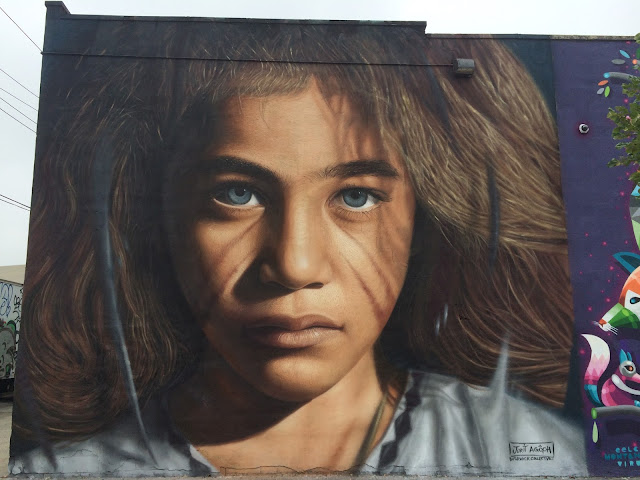
Jorit Agoch is a famous Italian graffiti artist known for his clean style and large-scale, ultra-realistic portrait murals painted on the side of buildings all over the world. Over the last 16 years, we’ve featured many impressive graffiti artworks, like the mind-boggling optical illusions of Portuguese street artist Odeith, the ingenious portraits of Fabio Gomes […]
Amateur Makeup Artist Goes Viral for Turning Her Grandpa into Young Heartthrobs

Chinese makeup artist @sakuralusi has been getting a lot of attention for her transformation videos where she turns her elderly grandpa into youthful, anime-inspired characters. Looking at the photos below, you’re probably having a hard time believing that the guy on the left and the one on the right are the exact same person, especially […]
‘Power Washer Van Gogh’ Uses Concrete Driveways as His Canvases
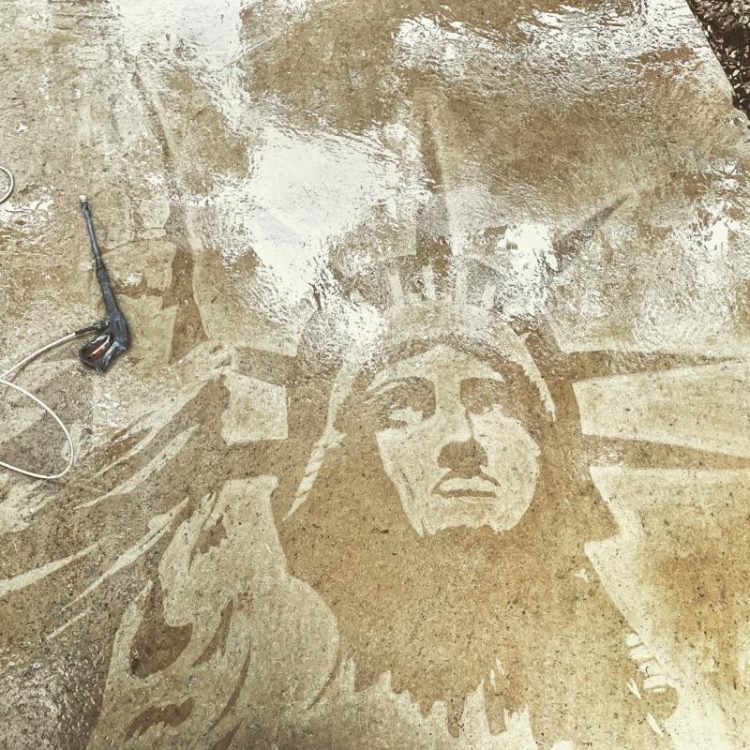
Sam Ward, a self-taught artist who specializes in creating ephemeral artworks on concrete using a power washer, has been nicknamed ‘Power Washer Van Gogh’. Sam Ward’s artistic career was inspired by boredom. During the COVID-19 lockdowns, the Texas artist bought a box of chalk to keep his two sons busy, but before they could use […]
The Beautiful Pie Art of Devoney Scarfe
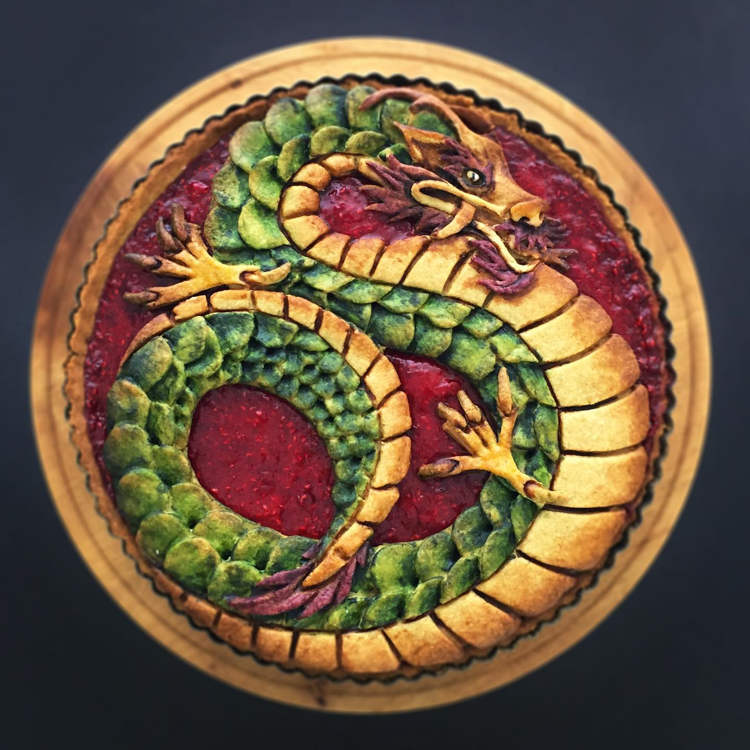
Devoney Scarfe is a talented food artist from Auckland, Australia, whose portfolio of edible masterpieces includes celebrity and animal portraits, whimsical scenes, and hilarious quotes. A part-time creative director at her husband’s advertising agency, Devoney Scarfe started tinkering with food art as a hobby, while also doing her best as a full-time mom. Her early […]
Museum Employee Secretely Hangs His Own Artworks Next to Priceless Classics

An employee of the Pinakothek der Moderne art museum in Munich, Germany, reportedly hung up his own paintings next to works by Pablo Picasso or Franz Marc without asking anyone for permission. The 51-year-old unnamed man was reportedly working in the museum technical department, which gave him access to the premises outside of visiting hours. […]
Art Teacher Stands Accused of Selling Students’ Painting On Personal Website
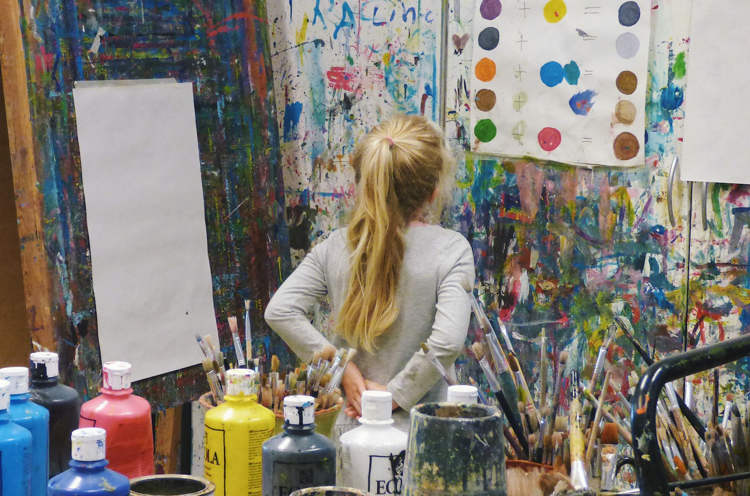
A Quebec art teacher is being accused of selling his high school students’ artworks on his website without their consent for personal profit. An art teacher at the Westwood Junior High School in Saint Lazare has landed in hot water with the parents of several of his students for allegedly selling their drawings and paintings […]
Incredibly Realistic Wool Felt Dog Took Over 500 Hours to Complete
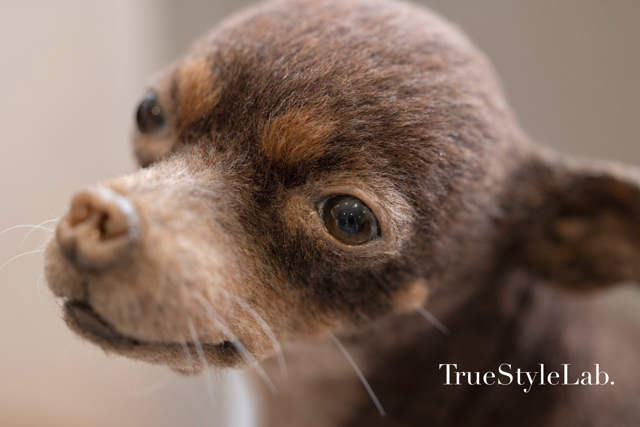
A Japanese artisan spent over 500 hours making a hyper-realistic wool felt model of a Miniature Pinscher. Terumi Ota’s latest creation, a wool felt Miniature Pinscher, received over 32,000 likes on X (Twitter), and for good reason. At first glance, it looks like a real dog, which isn’t really the case with wool-felt sculptures, especially […]
Security Guard at Art Exhibition Tries to Eat Art Exhibit While on the Job
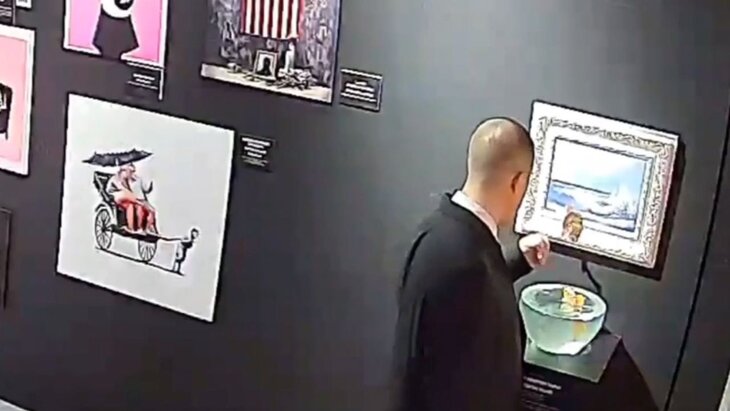
A rather bizarre act of vandalism was recently reported at an art exhibition in Moscow, where a security guard damaged an art exhibit and tried to eat it. Last week, the organizers of a contemporary art exhibition at Moscow’s VDNKh permanent exhibition center noticed that one of the exhibits was missing its main protagonist. Named […]
Belarussian Man Builds and Sails in Boat Made Exclusively of Ice
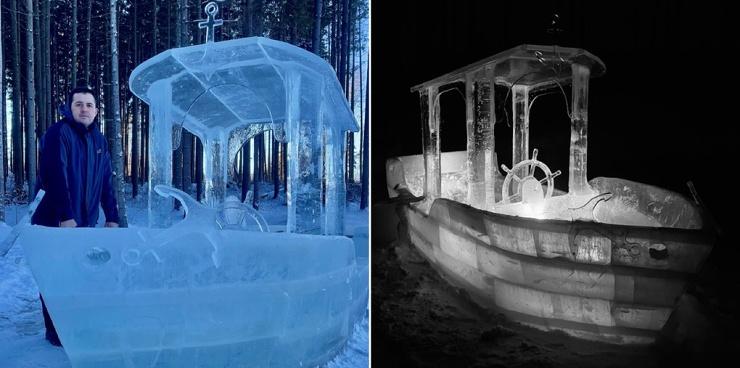
A Belarussian self-taught artist single-handedly built a functional ice boat that can hold at least one person and can be sailed. Minsk-based Ivan Karpitsky’s passion for ice and snow sculpting is well-known in his home country. His name first appeared in Belarussian newspapers in 2020, when photos of his ice violin first went viral on […]
Tattoo Artist’s Unique Style Will Make You Experience Blurry Vision
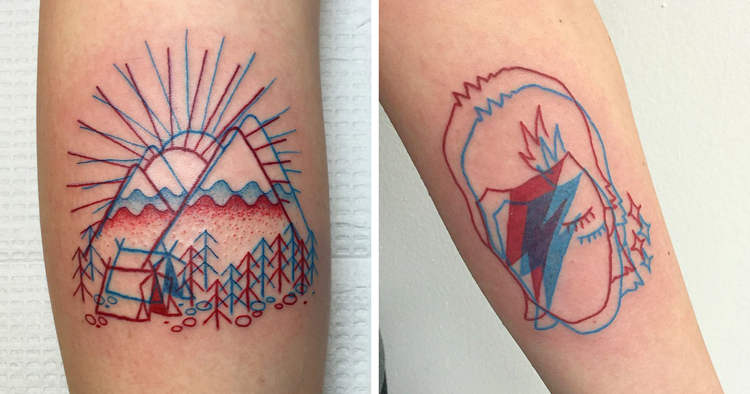
Portland-based tattoo artist Winston the Whale creates simple yet impressive 3D tattoos that make viewers feel like they are experiencing blurry vision. Winston the Whale started making his signature 3D tattoos after a friend asked him if he could make a three-dimensional design for him. It ended up better than he’d hoped, so he kept […]
Graffiti Artist Creates Intriguing Optical Illusions
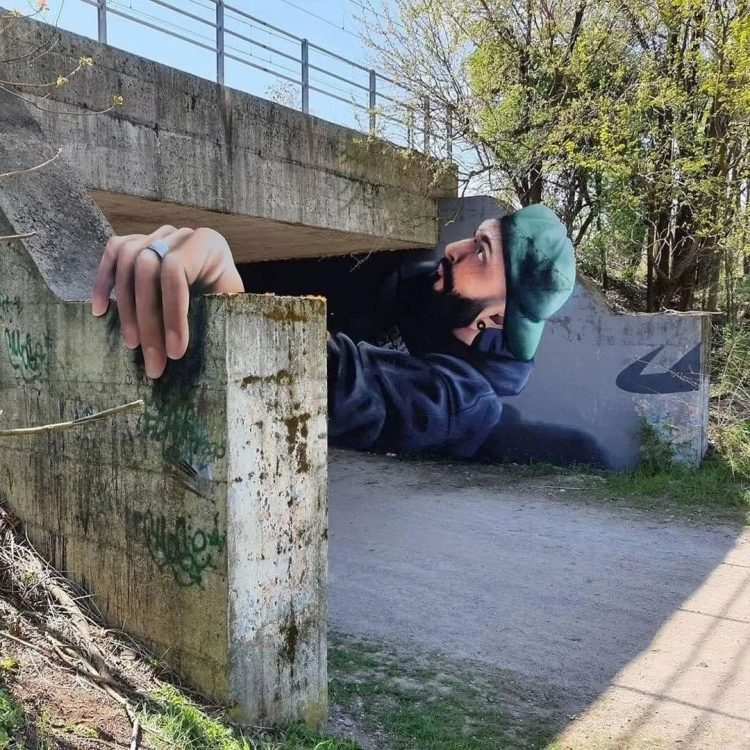
Cosimo Caiffa is a talented Italian graffiti artist who uses spray cans to create some of the most fascinating street art illusions you’ve ever seen! 44-year-old Caiffa, who also goes by ‘Cheone’, paints most of his impressive artworks in his hometown of Nerviano, near Milan. Most of his street art projects not only integrate perfectly […]
The Fascinating Glitter Tattoos of Amanda Graves
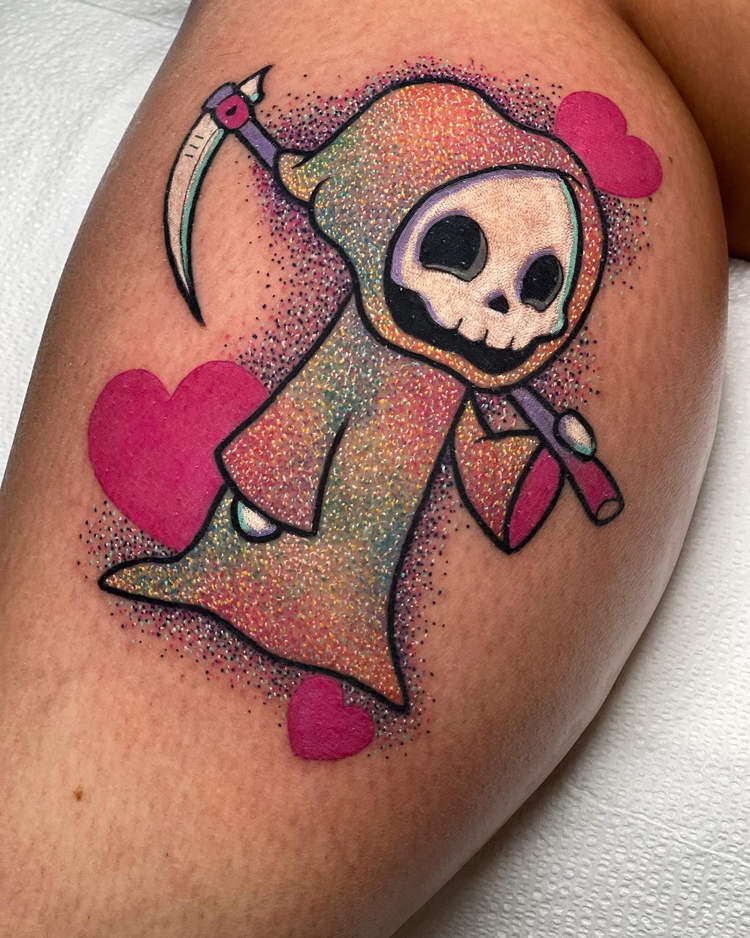
American tattoo artist Amanda Graves has become famous for her glittering tattoos, which somehow appear to be shimmering on the skin. Maryland-based Amanda Graves never claimed to be the inventor of the glitter tattoo technique, but when it comes down to it, she is universally considered the best glitter tattoo artist in the world. Her […]
Young Artist Brings Dying Art of Book Fore-Edge Painting into the Limelight
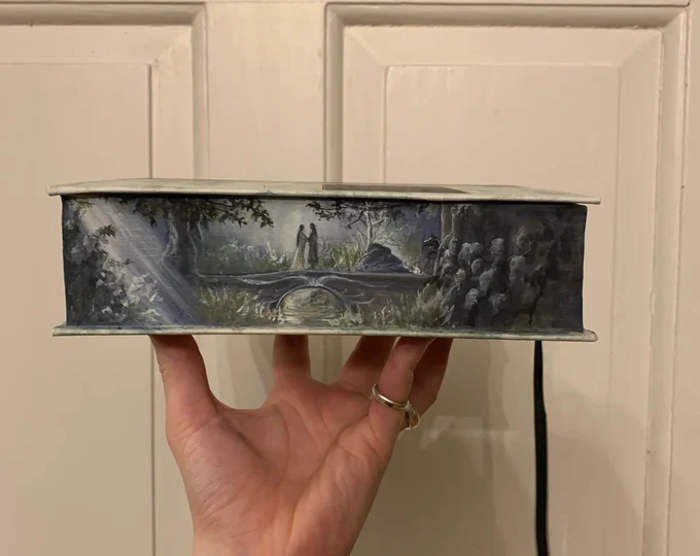
Maisie Matilda, a 24-year-old artist from the UK, is being credited for shining a bright spotlight on the fascinating but dying art of book fore-edge painting. Matilda had been painting for a long time, but she only started experimenting with fore-edge painting during the first COVID-19 lockdown, when she found herself with lots of time […]
Talented Tattoo Artist Creates the Most Impressive Photorealistic Tattoos
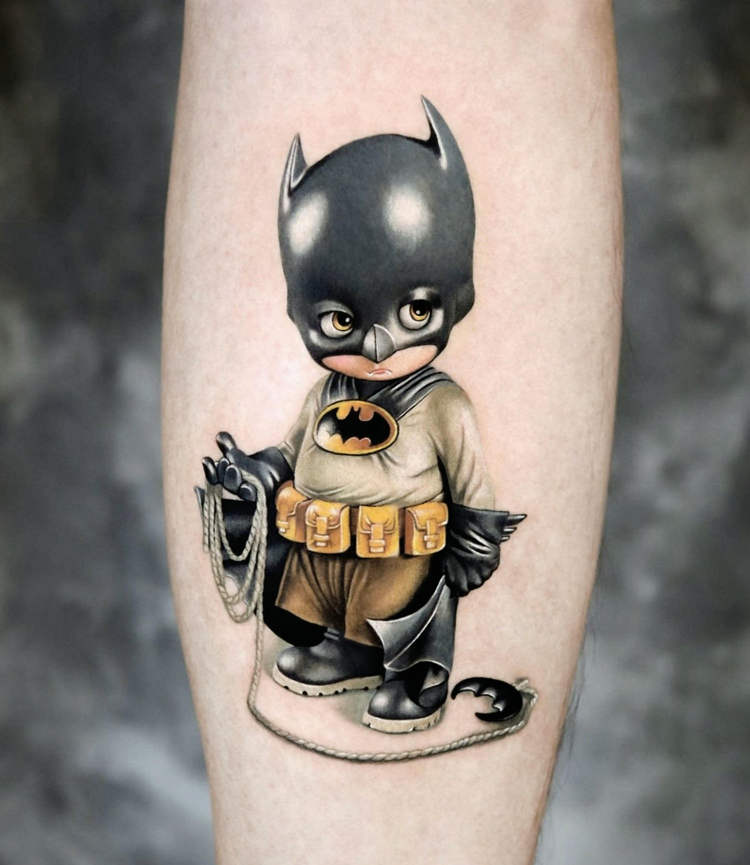
Yeono is a super-talented artist who specializes in micro-realism, creating small but impressively realistic pieces that look ready to jump off of the skin. 28-year-old Yeono is recognized as one of the most talented tattoo artists in Los Angeles. Born and raised in South Korea, Yeono discovered her passion for tattoos only a decade or […]
South-Korean Artist Creates the Most Detailed Celebrity Figurines

Park Yong Jae is an incredibly talented artist from South-Korean who specializes in molding and sculpting hyperrealistic figurines of iconic Hollywood actors and K-pop stars. Not much is known about Park Yong Jae’s work, but he does have hundreds of thousands of followers across several social networks, and for good reason, his hyperrealistic figurines are […]
